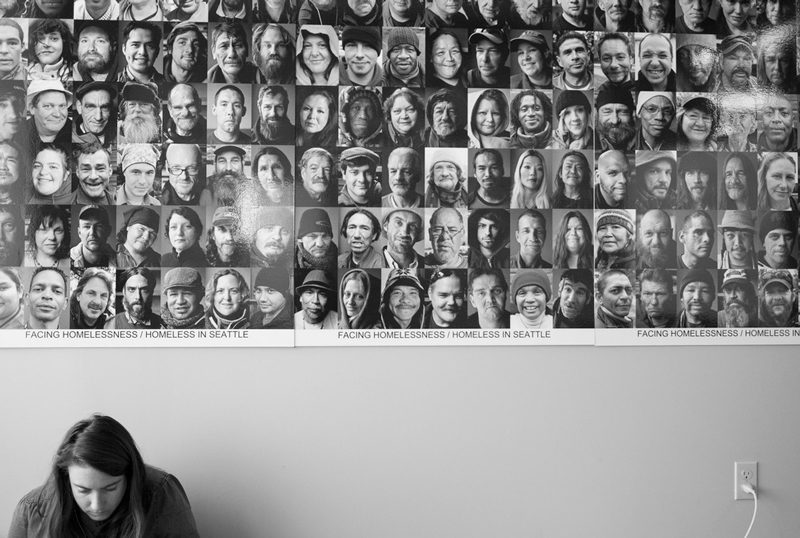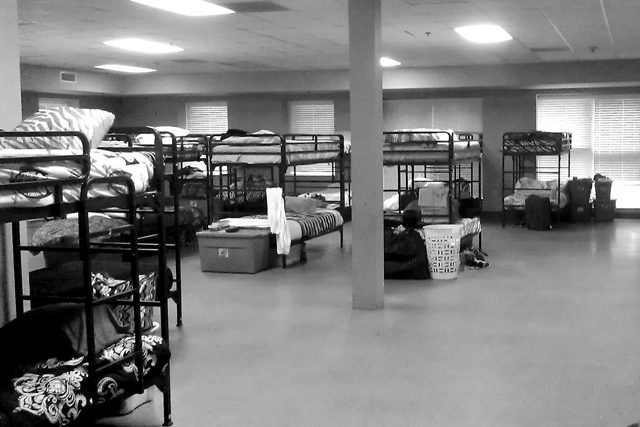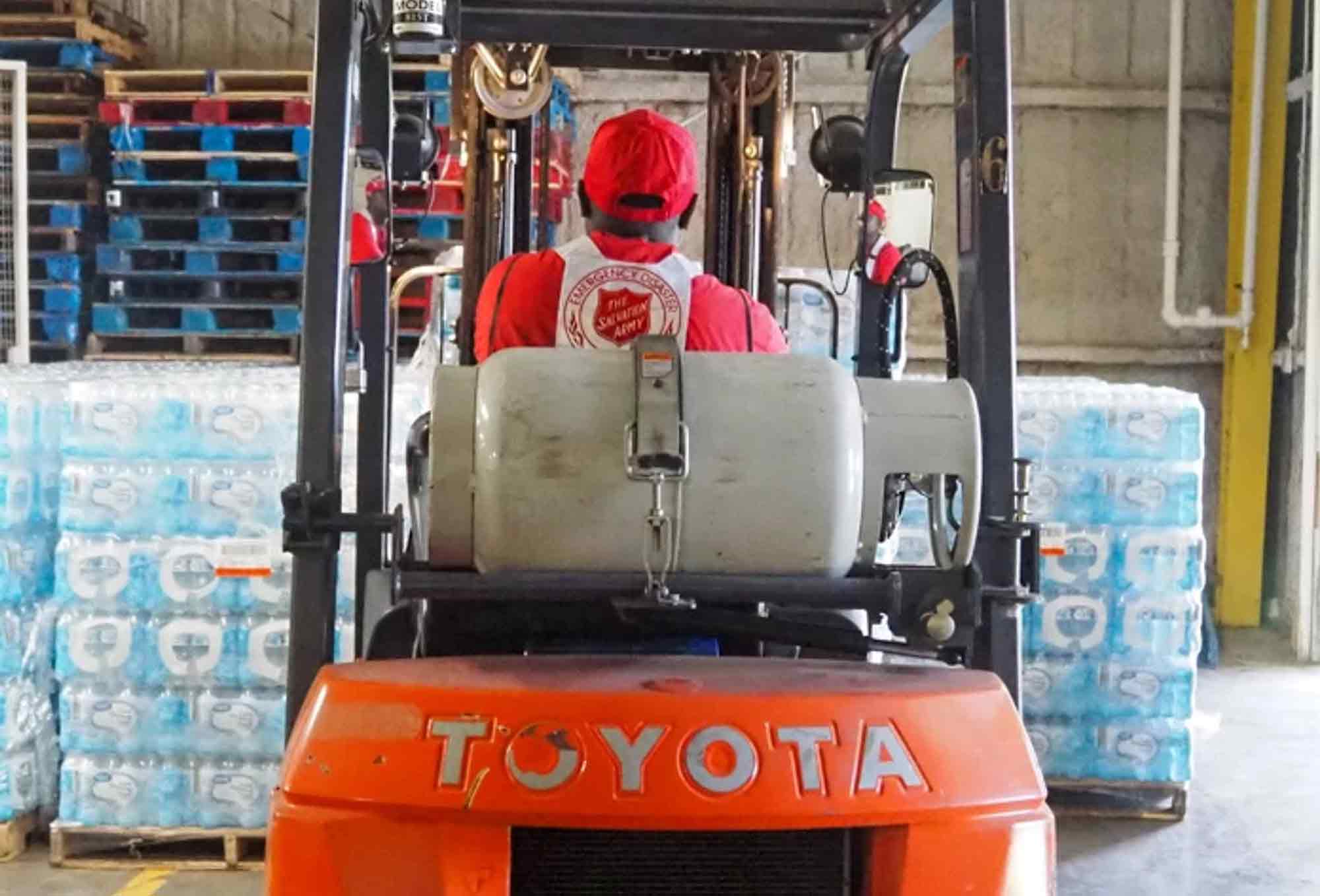Listen to this article
Listen to this article
Loading
Play
Pause
Options
0:00
-:--
1x
Playback Speed- 0.5
- 0.6
- 0.7
- 0.8
- 0.9
- 1
- 1.1
- 1.2
- 1.3
- 1.5
- 2
Audio Language
- English
- French
- German
- Italian
- Spanish
Open text
hack to give back. how the hack to end homelessness initiative introduced seattle techies to the greater community. commuting to work is uneventful for most people, but for seattle resident candace faber it’s a constant reminder of the people with no place to call home. “i work in pioneer square, a neighborhood that is at the heart of seattle’s homeless population,” faber said. “for us, the problem of homelessness is very visible; we see it every day on our way to work.”. this year alone, over 9,200 individuals in seattle’s king county identified as homeless in some way, whether on the street, in a shelter or in transitional housing, according to the seattle/king county coalition on homelessness. the team that created the project “maptastics” gathered data and development professionals to create a series of maps that show where people have the hardest time find affordable housing. | photos courtesy of hack to end homelessness faber, a communications strategist, had an idea that had long been ticking in her mind to create an event that would allow the technology industry to give back while facilitating the needs of the homeless community. so, in a business space in the middle of pioneer square, she formed hack to end homelessness (h2eh) in january. she assembled a team, from software developers to designers to nonprofit organizers, many of them volunteering over 100 hours. “our challenge is doing this on a volunteer basis,” faber said. “a couple of us did nothing else for three months.”. faber dedicated so much time to the project that she even sold her car to meet her more immediate needs while working on the h2eh initiative. one of faber’s focal points was targeting the needs of service providers. h2eh collaborated with two local shelters—seattle’s union gospel mission and youthcare. faber said it took time for her team to secure the support of service providers. “we had to gain the trust of the nonprofits and shelters,” faber said. “you have to build something that is meaningful in working with the nonprofits and make sure the tech community is hearing them.”. over 100 volunteers assembled for the four-day event in early may. it kicked off with a screening of “home,” a film by mark horvath, founder of invisible people, a nonprofit dedicated to reshaping public perception on homelessness. attendees viewed three art exhibits featuring photography by youth and families experiencing homelessness. the event concluded with participants splitting up into projects and presenting their end results. duane edwards is the senior vice president of product development at globys, a company that specializes in contextual marketing, reporting and analytics. he felt that giving back in a creative way could inspire others to do the same so he helped sponsor the event. “[h2eh] gave employees a chance to use their skills in a different way,” edwards said, “an impactful way to help those in our community who are in need.”. globys encourages its employees to give back each year by giving their time to a cause in the community. “financial contributions were all i knew i could do,” edwards said. “marrying the tech industry with the community that directly benefits from volunteerism is something i had not seen.”. one of the primary needs service providers emphasized was collecting data that would allow them to better serve the homeless community. h2eh spawned several apps that empowered service providers to do just that. we count, created in collaboration with union gospel mission, allows volunteers to track the specific needs of individuals living on the street. through the app, service providers can securely access demographic and descriptive information of each individual struggling with homelessness and tag reports with gps and time stamps. the we are visible app utilizes a peer network that allows the homeless community to help each other through social media. “i saw peer-to-peer support, homeless-to-homeless people helping each other on twitter and it was amazing,” horvath said. “everyone’s connected to everyone (on social media) and they want to talk about being homelessness. i knew i needed to build a separate network.”. horvath is now looking to partner with homeless youth organizations that can use the app for peer-to-peer support. he said he hopes to expose more people to the stories of those in the homeless community. “homelessness doesn’t discriminate,” horvath said. “homelessness is changing more and more every day.”. coming away from the first h2eh event, horvath said he was so inspired that he helped organize another in syracuse, n.y., in november. “one of the best parts about the event is it connected nonprofits to technology people who might never associate with each other,” horvath said. “it showed me that making a mobile social app is actually feasible.”. faber said that one of the most successful projects was a data analysis project. united way, one of the service providers, has an annual community resource exchange where it provides those experiencing homelessness with everyday goods and collects data through surveys. “they brought the data to our event and what they discovered was it was very difficult to get insightful data or analysis because of the way the survey was conducted; in many cases the questions that were asked weren’t appropriate to specific answers united way was looking for,” farber said. through the event, united way made changes to its data intake and thought differently about the questions it asked the community. faber hopes she will be able to bring the event to life again next year and continue to grow the relationship between techies and organizers. “our capacity to continue to provide the service as an intermediary between the tech industry and service providers is something we really want,” faber said. “we are hoping to make it sustainable––we want to make sure we do things right.”.
Open context player
Close context player
Plays:-Audio plays count
hack to give back. how the hack to end homelessness initiative introduced seattle techies to the greater community. commuting to work is uneventful for most people, but for seattle resident candace faber it’s a constant reminder of the people with no place to call home. “i work in pioneer square, a neighborhood that is at the heart of seattle’s homeless population,” faber said. “for us, the problem of homelessness is very visible; we see it every day on our way to work.”. this year alone, over 9,200 individuals in seattle’s king county identified as homeless in some way, whether on the street, in a shelter or in transitional housing, according to the seattle/king county coalition on homelessness. the team that created the project “maptastics” gathered data and development professionals to create a series of maps that show where people have the hardest time find affordable housing. | photos courtesy of hack to end homelessness faber, a communications strategist, had an idea that had long been ticking in her mind to create an event that would allow the technology industry to give back while facilitating the needs of the homeless community. so, in a business space in the middle of pioneer square, she formed hack to end homelessness (h2eh) in january. she assembled a team, from software developers to designers to nonprofit organizers, many of them volunteering over 100 hours. “our challenge is doing this on a volunteer basis,” faber said. “a couple of us did nothing else for three months.”. faber dedicated so much time to the project that she even sold her car to meet her more immediate needs while working on the h2eh initiative. one of faber’s focal points was targeting the needs of service providers. h2eh collaborated with two local shelters—seattle’s union gospel mission and youthcare. faber said it took time for her team to secure the support of service providers. “we had to gain the trust of the nonprofits and shelters,” faber said. “you have to build something that is meaningful in working with the nonprofits and make sure the tech community is hearing them.”. over 100 volunteers assembled for the four-day event in early may. it kicked off with a screening of “home,” a film by mark horvath, founder of invisible people, a nonprofit dedicated to reshaping public perception on homelessness. attendees viewed three art exhibits featuring photography by youth and families experiencing homelessness. the event concluded with participants splitting up into projects and presenting their end results. duane edwards is the senior vice president of product development at globys, a company that specializes in contextual marketing, reporting and analytics. he felt that giving back in a creative way could inspire others to do the same so he helped sponsor the event. “[h2eh] gave employees a chance to use their skills in a different way,” edwards said, “an impactful way to help those in our community who are in need.”. globys encourages its employees to give back each year by giving their time to a cause in the community. “financial contributions were all i knew i could do,” edwards said. “marrying the tech industry with the community that directly benefits from volunteerism is something i had not seen.”. one of the primary needs service providers emphasized was collecting data that would allow them to better serve the homeless community. h2eh spawned several apps that empowered service providers to do just that. we count, created in collaboration with union gospel mission, allows volunteers to track the specific needs of individuals living on the street. through the app, service providers can securely access demographic and descriptive information of each individual struggling with homelessness and tag reports with gps and time stamps. the we are visible app utilizes a peer network that allows the homeless community to help each other through social media. “i saw peer-to-peer support, homeless-to-homeless people helping each other on twitter and it was amazing,” horvath said. “everyone’s connected to everyone (on social media) and they want to talk about being homelessness. i knew i needed to build a separate network.”. horvath is now looking to partner with homeless youth organizations that can use the app for peer-to-peer support. he said he hopes to expose more people to the stories of those in the homeless community. “homelessness doesn’t discriminate,” horvath said. “homelessness is changing more and more every day.”. coming away from the first h2eh event, horvath said he was so inspired that he helped organize another in syracuse, n.y., in november. “one of the best parts about the event is it connected nonprofits to technology people who might never associate with each other,” horvath said. “it showed me that making a mobile social app is actually feasible.”. faber said that one of the most successful projects was a data analysis project. united way, one of the service providers, has an annual community resource exchange where it provides those experiencing homelessness with everyday goods and collects data through surveys. “they brought the data to our event and what they discovered was it was very difficult to get insightful data or analysis because of the way the survey was conducted; in many cases the questions that were asked weren’t appropriate to specific answers united way was looking for,” farber said. through the event, united way made changes to its data intake and thought differently about the questions it asked the community. faber hopes she will be able to bring the event to life again next year and continue to grow the relationship between techies and organizers. “our capacity to continue to provide the service as an intermediary between the tech industry and service providers is something we really want,” faber said. “we are hoping to make it sustainable––we want to make sure we do things right.”.
Listen to this article


















